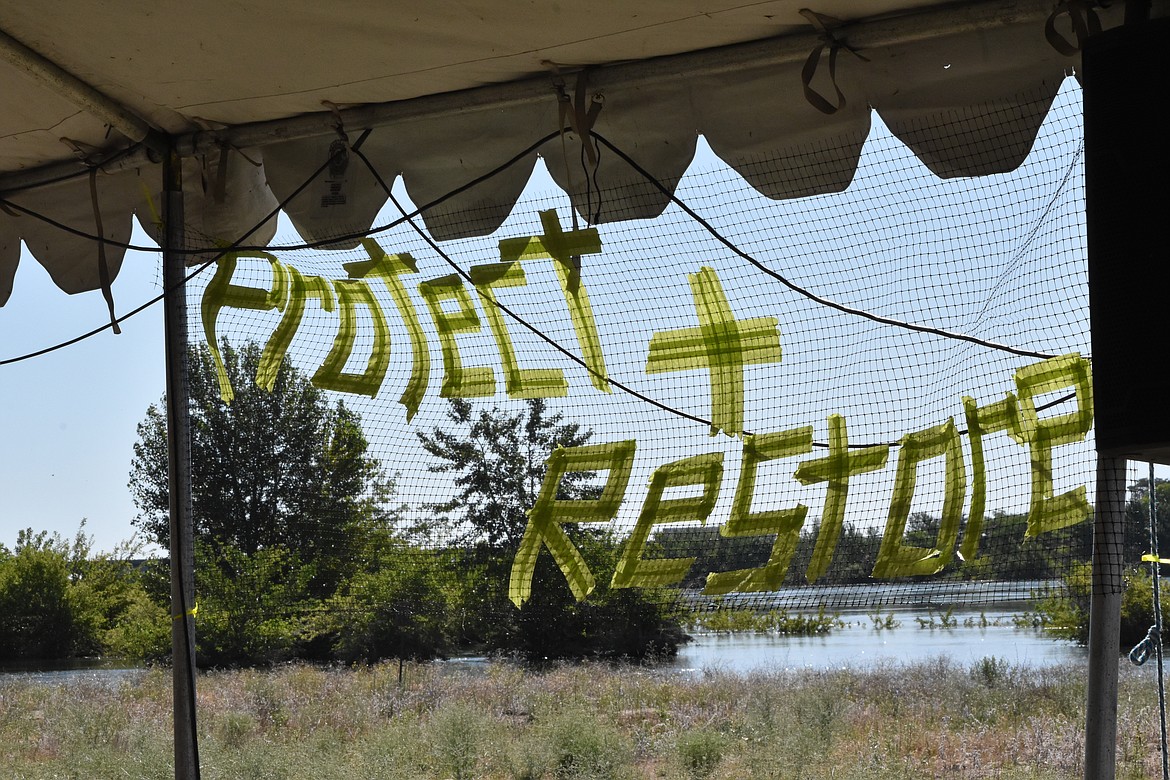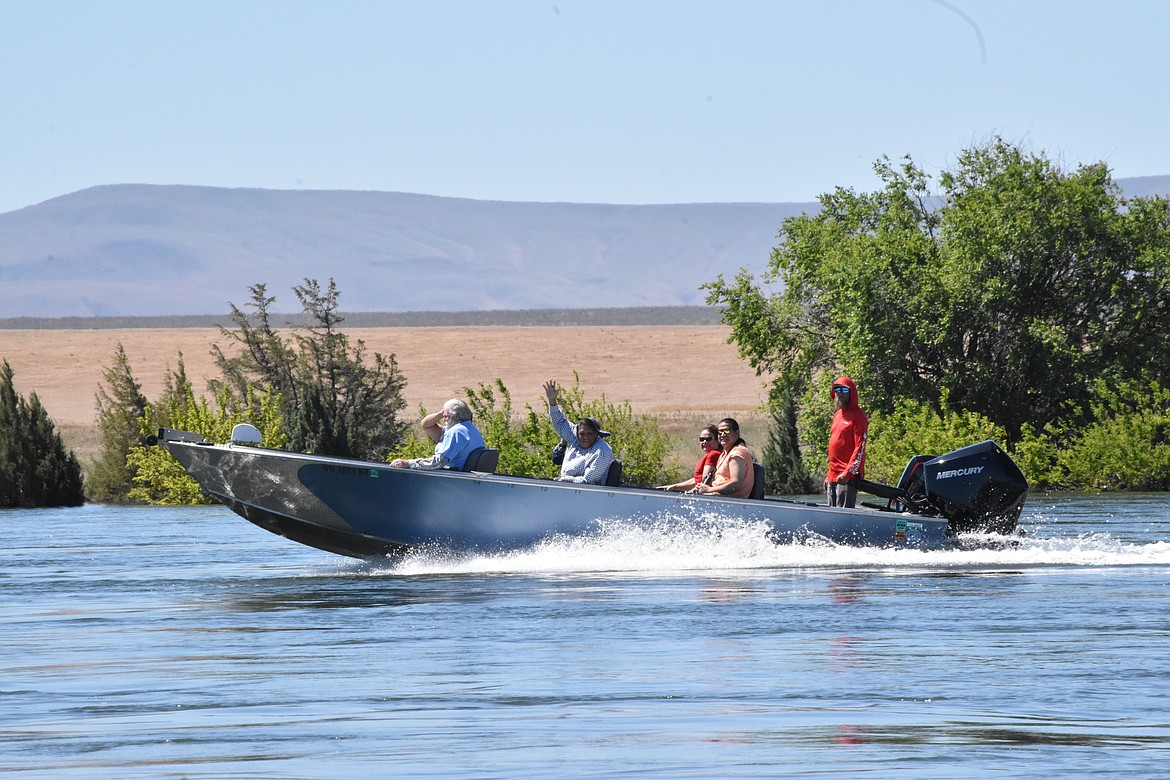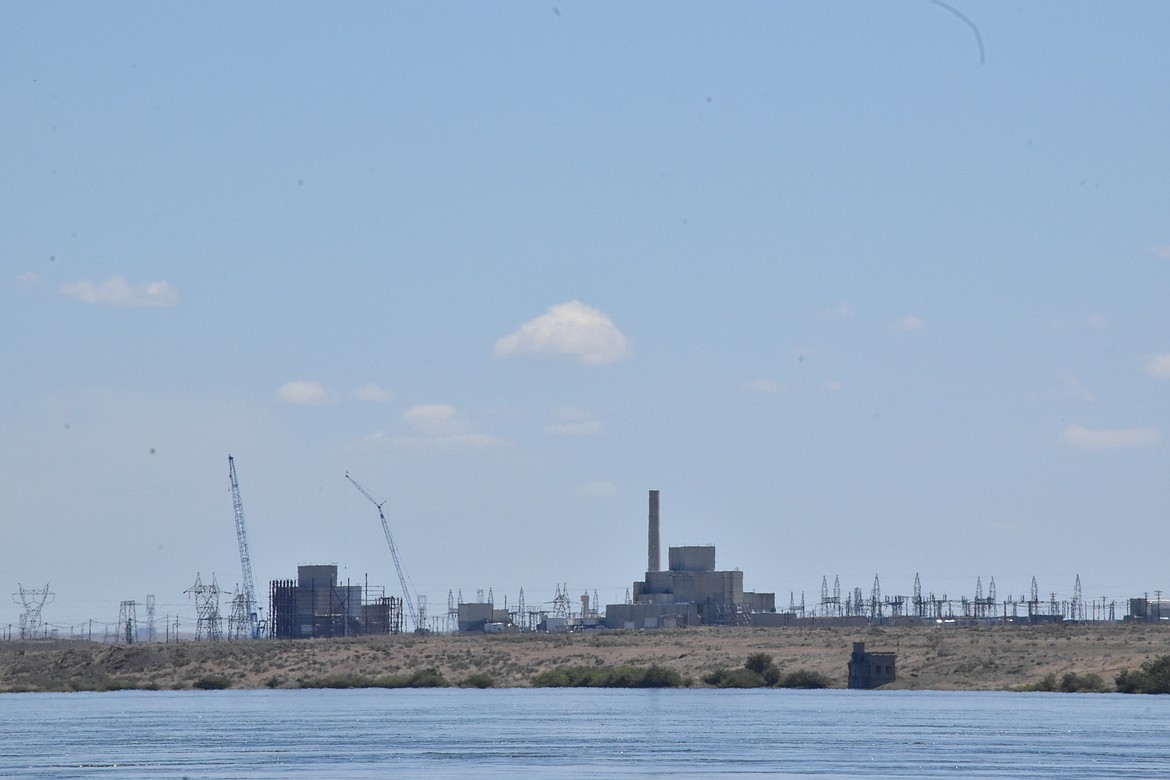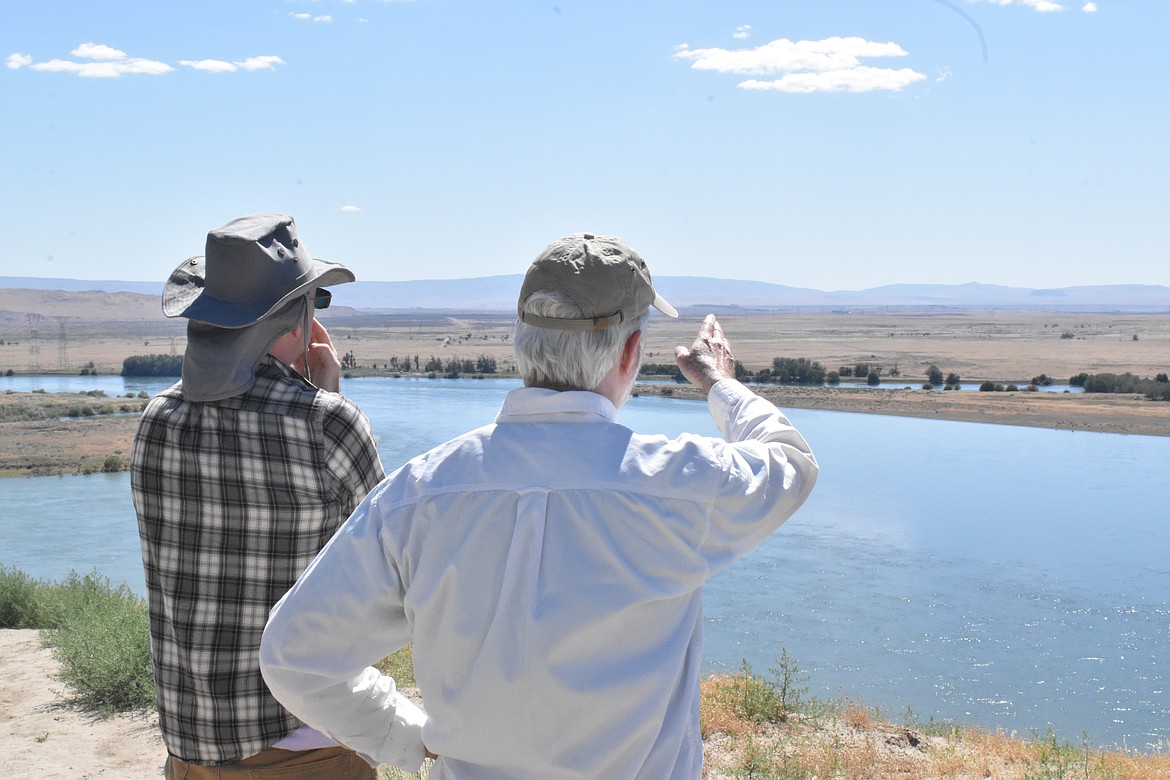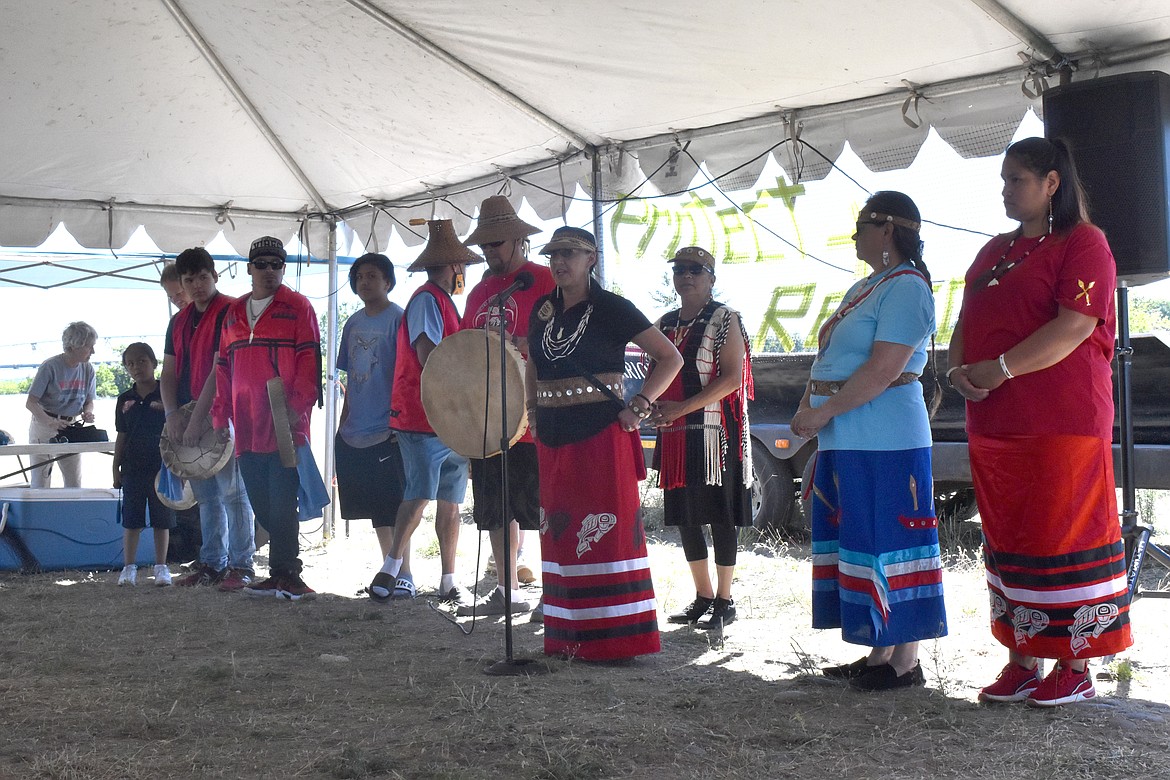Hope for Hanford
MATTAWA — The second annual Hanford Journey was held June 24 at the Vernita Boat Launch. The event familiarizes people with the area, educates them on the history of the Hanford site and lobbies for people to take action for change.
Become a Subscriber!
You have read all of your free articles this month. Select a plan below to start your subscription today.
Already a subscriber? Login


